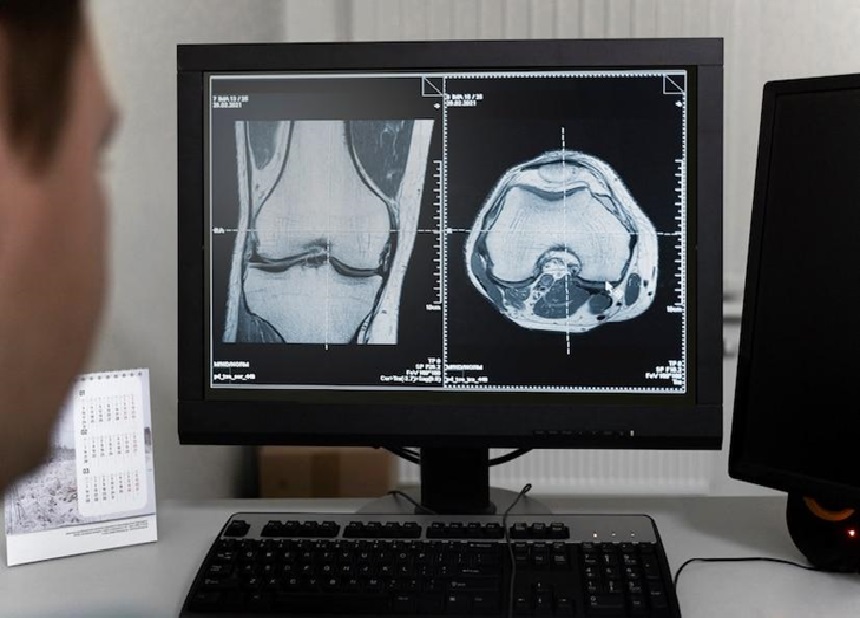Anterior cruciate ligament (ACL) injuries are common among athletes and active individuals. However, there is a lot of misinformation surrounding this type of injury, which can lead to improper management and rehabilitation. In this article, we will debunk the top six myths about ACL injuries to help you better understand and address this condition.
Myth 1: Only High-Impact Sports Cause ACL Injuries
While it is true that athletes participating in high-impact sports, such as basketball and soccer, have a higher risk of sustaining a torn ACL, it doesn’t mean that lower-impact activities are exempt. Unexpected disturbances or changes in direction during activities like jogging or dancing can also lead to an ACL injury.
Myth 2: Women Aren’t at Risk of ACL Injuries
It is a misconception that women are less likely to experience an ACL injury due to differences in physical strength and athletic pursuits. In reality, female athletes have a higher risk of sustaining ACL injuries compared to their male counterparts. This is attributed to anatomical differences, hormonal influences, and biomechanical factors.
Myth 3: A Popping Sound Always Indicates an ACL Tear
A loud pop often accompanies ACL injuries. However, it’s not exclusive to ACL tears. Pop can also occur due to a meniscus tear, patellar dislocation, or other knee injuries. It is essential to consult a healthcare professional for a proper diagnosis.
Myth 4: ACL Injuries Require Immediate Surgery
While surgery may be required to repair a torn ACL, it is not always the immediate course of action. In some cases, conservative treatment methods like physical therapy and bracing might be effective. Surgery becomes necessary when there is complete tearing, other knee injuries, or significantly restricted knee function. Consulting a qualified healthcare professional for torn ACL in Baltimore can help you decide the best course of action.
Myth 5: Post-Surgery Recovery is Quick and Easy
ACL surgery is followed by a long rehabilitation process to help restore an individual’s range of motion, strength, and stability. Depending on the extent of the injury, full recovery could take anywhere from 6 months to a year or more. Therefore, it is essential to follow the doctor’s instructions when recovering from an ACL surgery.
Myth 6: Once Healed, the ACL Can’t be Injured Again
It is possible to reinjure an ACL after it has healed, particularly if athletes return to physical activities without allowing their knee muscles and ligaments enough time to regain strength.
To reduce the risk of re-injury, it’s crucial to follow your rehab program and take precautionary measures to keep your knees healthy. It will also help to incorporate exercises that strengthen the muscles surrounding the knee joint into your regimen.
Wrapping Up
By debunking these prevalent myths about ACL injuries, we hope to promote better understanding, prevention, and management of this common knee problem. Proper knowledge and care can lead to a quicker, more effective recovery and ultimately enable individuals to return to their active lifestyles. So if you or someone you know has experienced an ACL injury, don’t wait to get the right treatment and get back on track!



